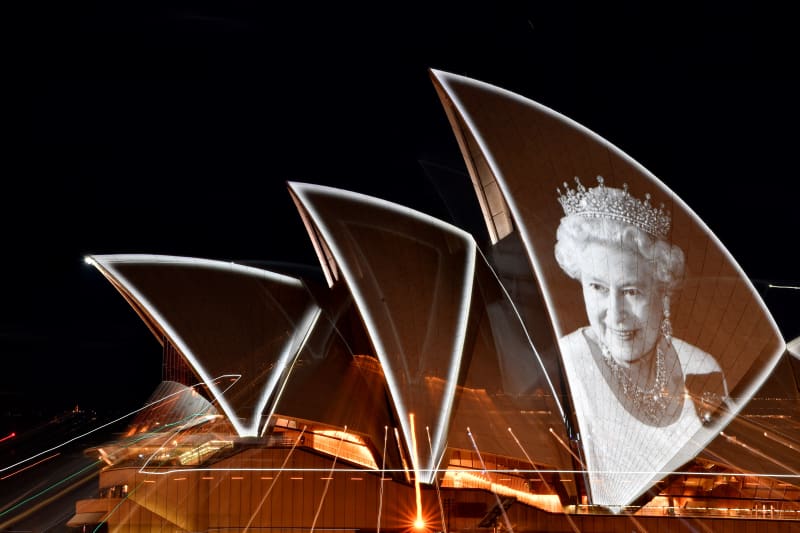The iconic Sydney Opera House opened exactly 50 years ago. The house made its designer Jørn Utzon world famous, but also left him with a permanent trauma.
The Sydney Opera House is one of the most famous buildings in the world. Its silhouette is so original that there is no risk of mistaking it.
The Sydney Opera House is also the mother of all wau architectural sites.
When the Opera House opened exactly 50 years ago, it immediately became a symbol of Sydney, a landmark without equal. It is a building that will be admired and wondered around the world. And also proof that one building can initiate a golden age of an entire cultural life.
There are also an exceptionally large number of interesting anecdotes associated with the stages of the Sydney Opera House.
1. The conductor’s king idea
2. The first public building by an unknown architect
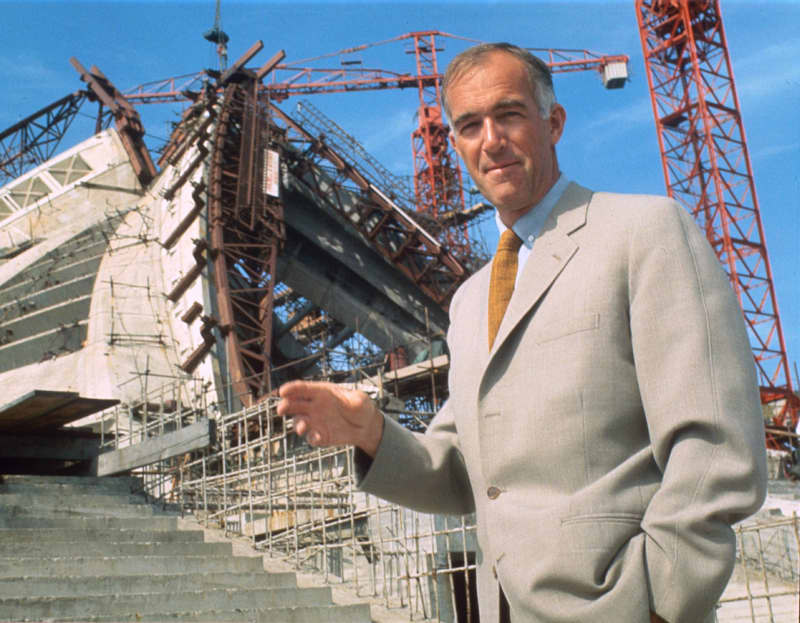
3. Finland mentioned
Utzon’s drawings were very sketchy, but Saarinen liked their formal language. At the same time, he himself designed one of his most famous upcoming buildings, the TWA airline terminal in New York. It and the Sydney Opera House have surprisingly many of the same features.
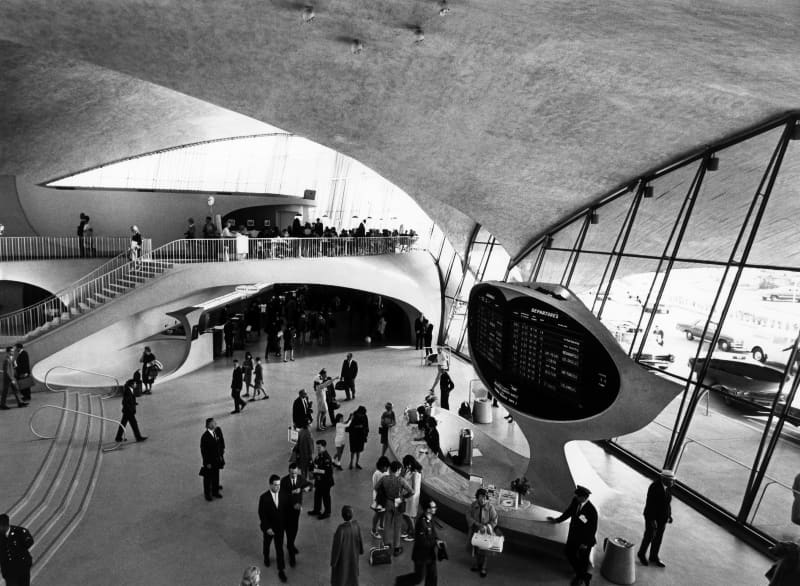
4. All-time budget overrun
Construction work on the opera house began in 1959. The building was to be completed in four years. However, the construction took 14 years and employed a total of 10,000 people. The budget also exploded. The project was allocated 7 million Australian dollars – the final bill was 102 million. The building was financed with betting profits, i.e. by selling lottery tickets to support the opera house to Australians.
5. The roof tiles were made in Sweden
The main reason for the increase in costs was the roof structure, which had never been tried before in the history of architecture. Utzon and his work groups tested different methods until a spherical shape was found. The roof tiles were manufactured in Sweden, at the Höganäs factory. In the end, more than a million bricks were needed. The technology developed by Utzon is considered architecturally revolutionary.
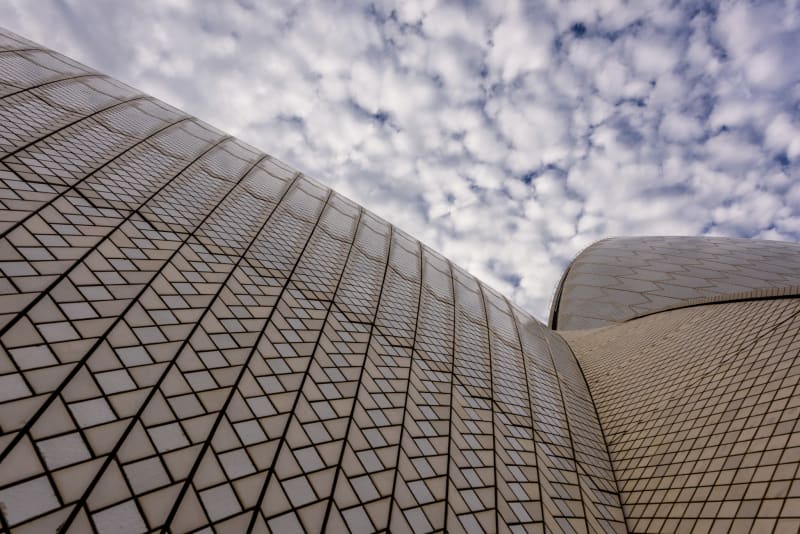
6. The building is cooled by the seawater in front
Utzon’s air conditioning system was in use until 2017, but the use of seawater has continued even after that.
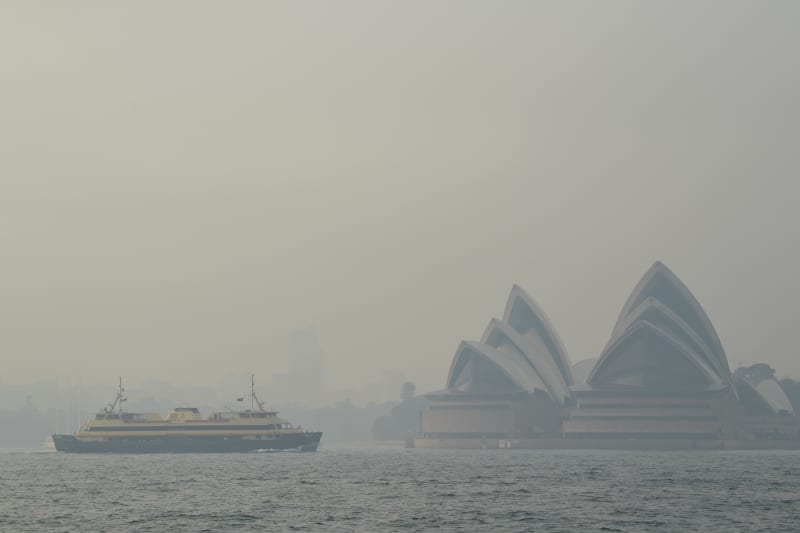
7. Opening ceremony
8. One was missing from the group
Architect Jørn Utzon was not seen at the opening of the house he designed. Massive budget overruns had led to Utzo being forced to abandon the project in 1966. New architects were appointed in his place, who especially changed the interior of the building.
Utzon was not invited to the opening of the Sydney Opera House, and his name was not mentioned at the event. Jørn Utzon, who died in 2008, never returned to Australia and never saw the completion of the Sydney Opera House.
9. UNESCO World Heritage Site
The Sydney Opera House is Australia’s most popular tourist destination, with more than 10 million people visiting each year. Top names in classical music, theater and pop have performed in the house.
The house is also estimated to have started the heyday of Australian culture and strengthened the national self-esteem of Australians.
